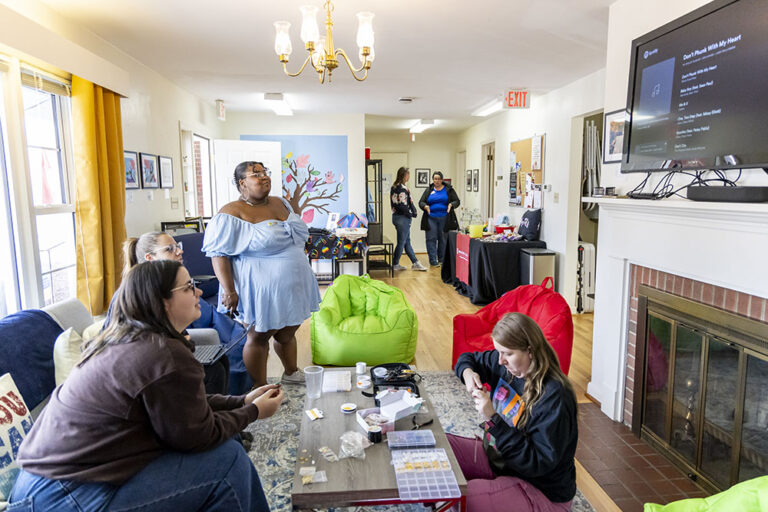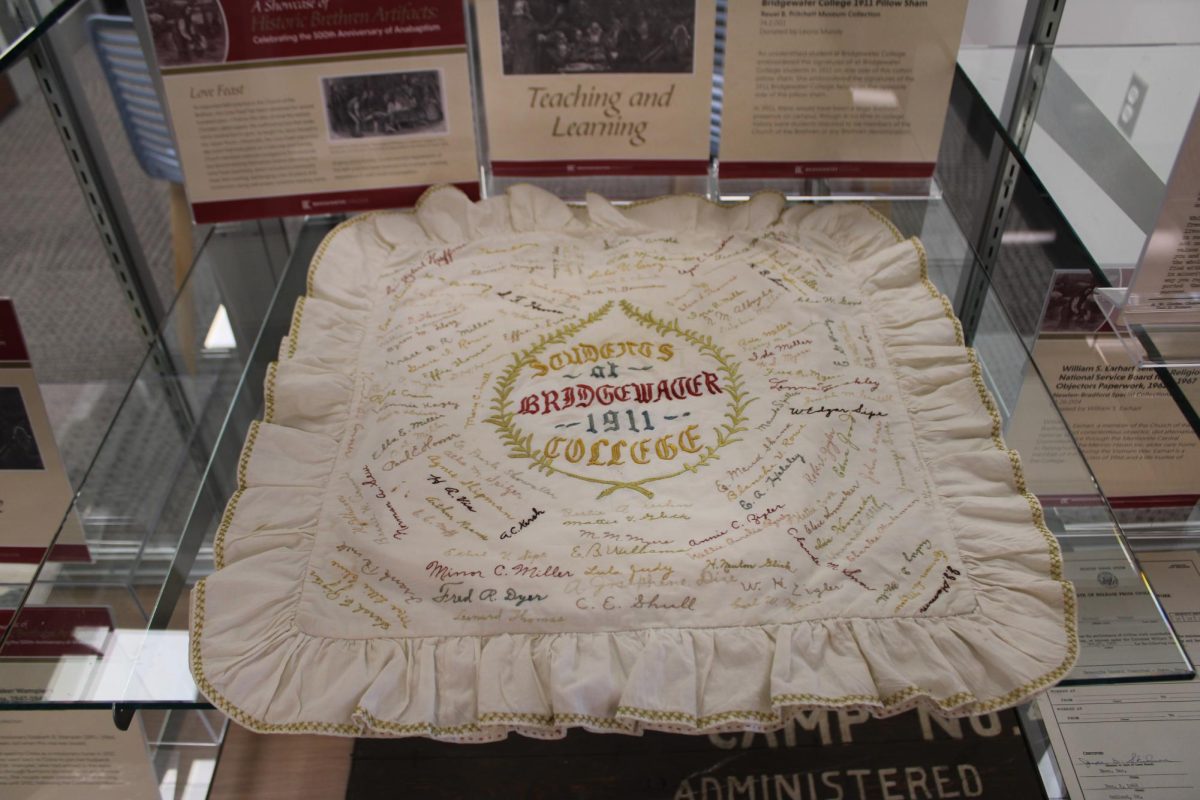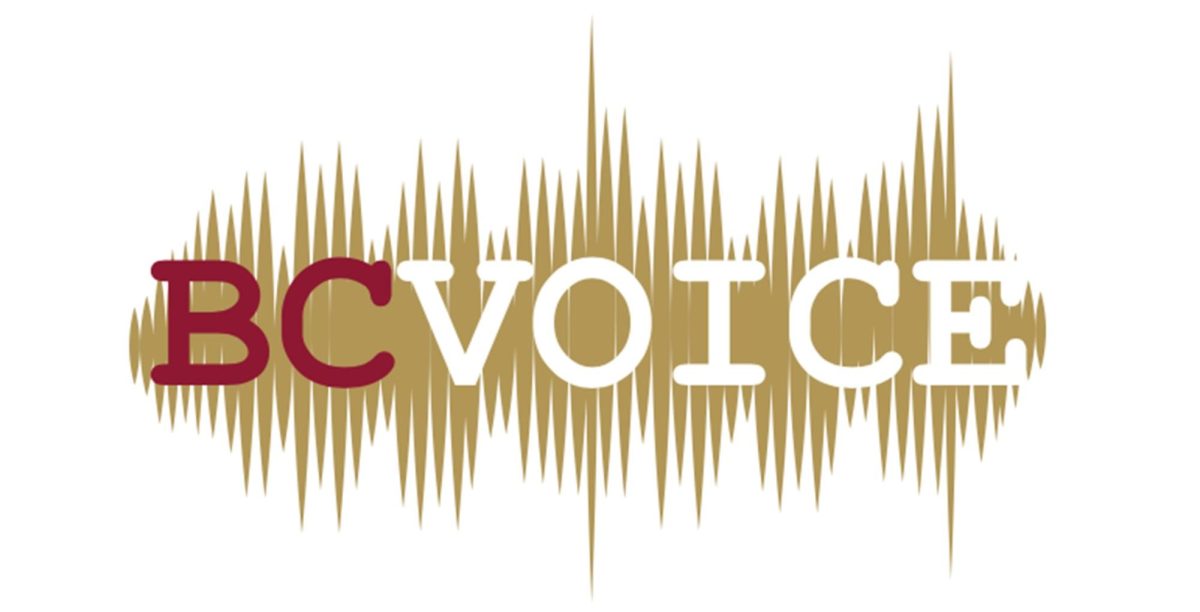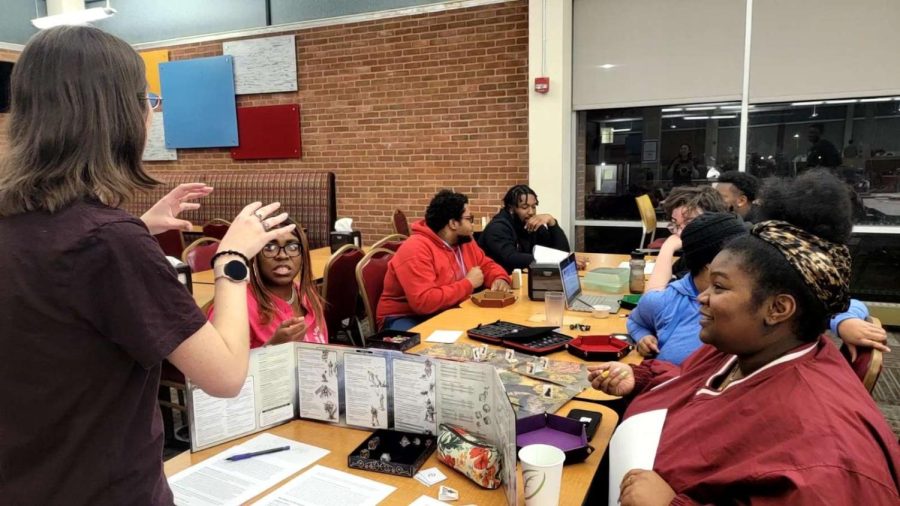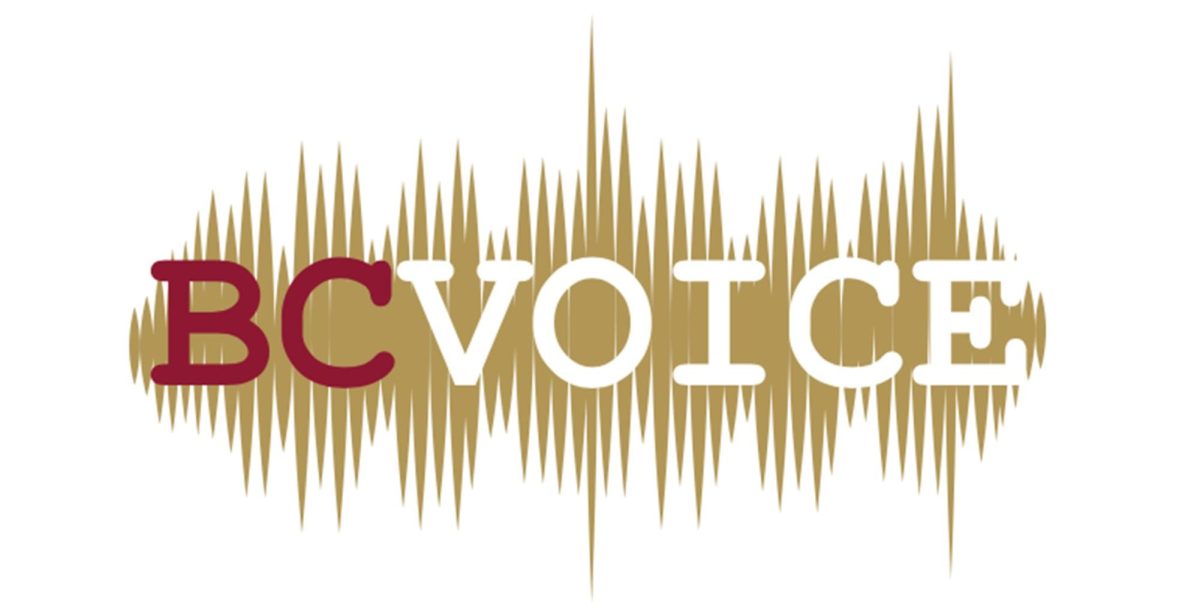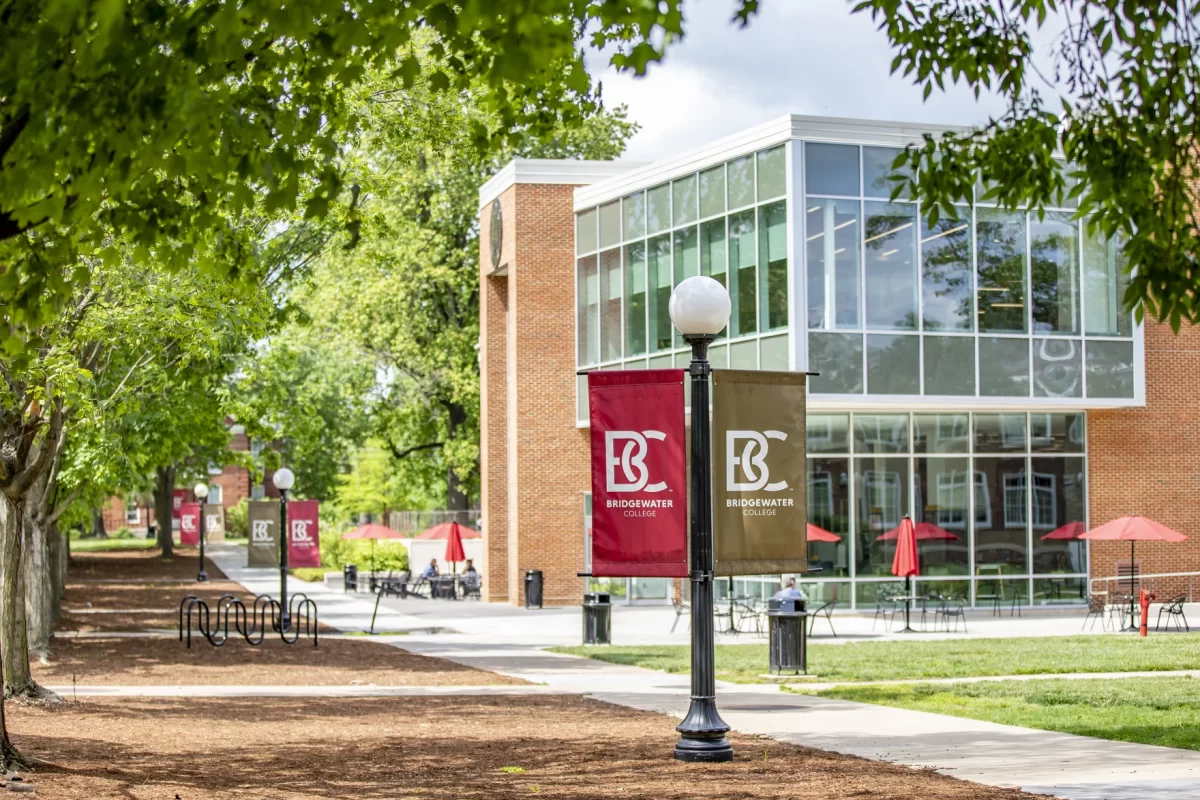Bridgewater, Va.- In an effort to show transparency about the price of college education, Bridgewater College announced on Aug. 21 that their tuition price, starting next year, will decrease to $15,000.
The tuition model for private colleges for the last 40 years has involved a high sticker price and large scholarships given out to students based on their academic performance. Though the scholarship covers most if not all of the tuition price for many students, it is just a coupon that doesn’t reflect real dollars.
“Most of us have known for a long time that no student pays the real sticker price,” said Bridgewater College President Dr. Bushman. “We’ve been thinking about this at Bridgewater since I got here, and frankly most schools were probably aware that this model can’t last forever.”
Though this may seem like a large financial change, there will not be any major changes to what current and new students will owe.
“Your scholarships will be smaller, but what you’re paying out of pocket isn’t going to change,” said Bushman. “We’re getting back to where most of a students’ scholarship will actually represent real dollars from our endowment and donors.”
President Bushman and his cabinet have been discussing this decision for over two years, and mentioned it in meetings even before then, so the timing for change and the announcement was strategically placed.
“The reason we didn’t do this, say seven or eight years ago, was because we were bucking the trend that says if something costs more, it must be more valuable,” said Bushman. “We thought maybe people would think something was wrong with Bridgewater because we suddenly look so much less expensive than everybody else. I don’t think it’s much of a risk now because of what we know.”
The high sticker price of the old model can make tuition look unattractive to prospective students, causing them to apply elsewhere.
“We know from the national data we started seeing two years ago that between 50% and 60% of families won’t even apply if they think it’s too expensive,” said Bushman. “I want us to grow, and I think we can, but mostly I want to make sure that students that could be a good fit here give us a look.”
Not only does this decision affect the school and its future students, but current students have to be considered, as well.
“At first I was a little confused how the new model would work as a current student, but once I read the email and learned more about it, I realized that it won’t affect me too much,” said junior Ryker Lawter. “There was definitely an initial shock when the announcement came out, but I like how they thought about explaining to current students that there won’t be a big change for us.”
Parents can also be affected by this new model as some help pay for their children’s education.
“I had questions about how it was going to work and whether or not it was going to make a difference to my child who is a student there,” said community member and Bridgewater College parent Betsy Peake. “At the time, I didn’t realize the scholarships were just fluff, so I appreciate the transparency, and I think this will be a big benefit for students.”
Though there has been an abundance of positive feedback, there is still some skepticism and questions about this new model.
“I think the high schools did a great job of advertising the large scholarships you can get from private colleges, but now I wonder how that will change for upcoming college students,” said Peake. “If the other schools aren’t parallel in their transparency, then Bridgewater’s going to have to do a really good job of explaining the bottom dollar because their scholarships are going to look much less.”
This big step for the college took courage, but the risk is worth the benefit for the long run.
“This seems like a crazy idea to me, just because we’re one of the first schools that I know of to really do something like this,” said Lawter. “I think it will spark some real change for the school, and will eventually help change the model overall for schools across the country. Being transparent is really important when it comes to spending vast amounts of money, especially on a college education.”









